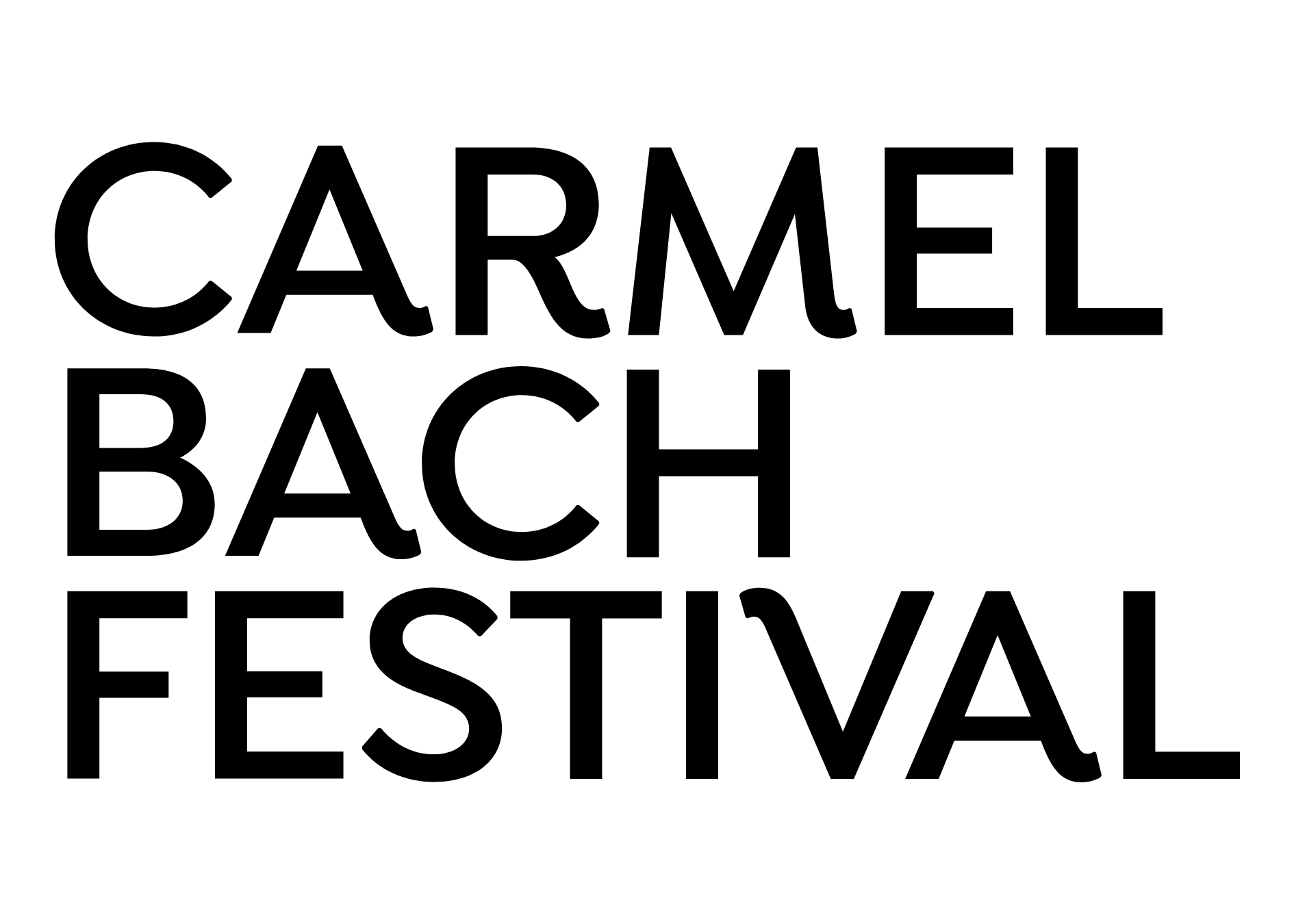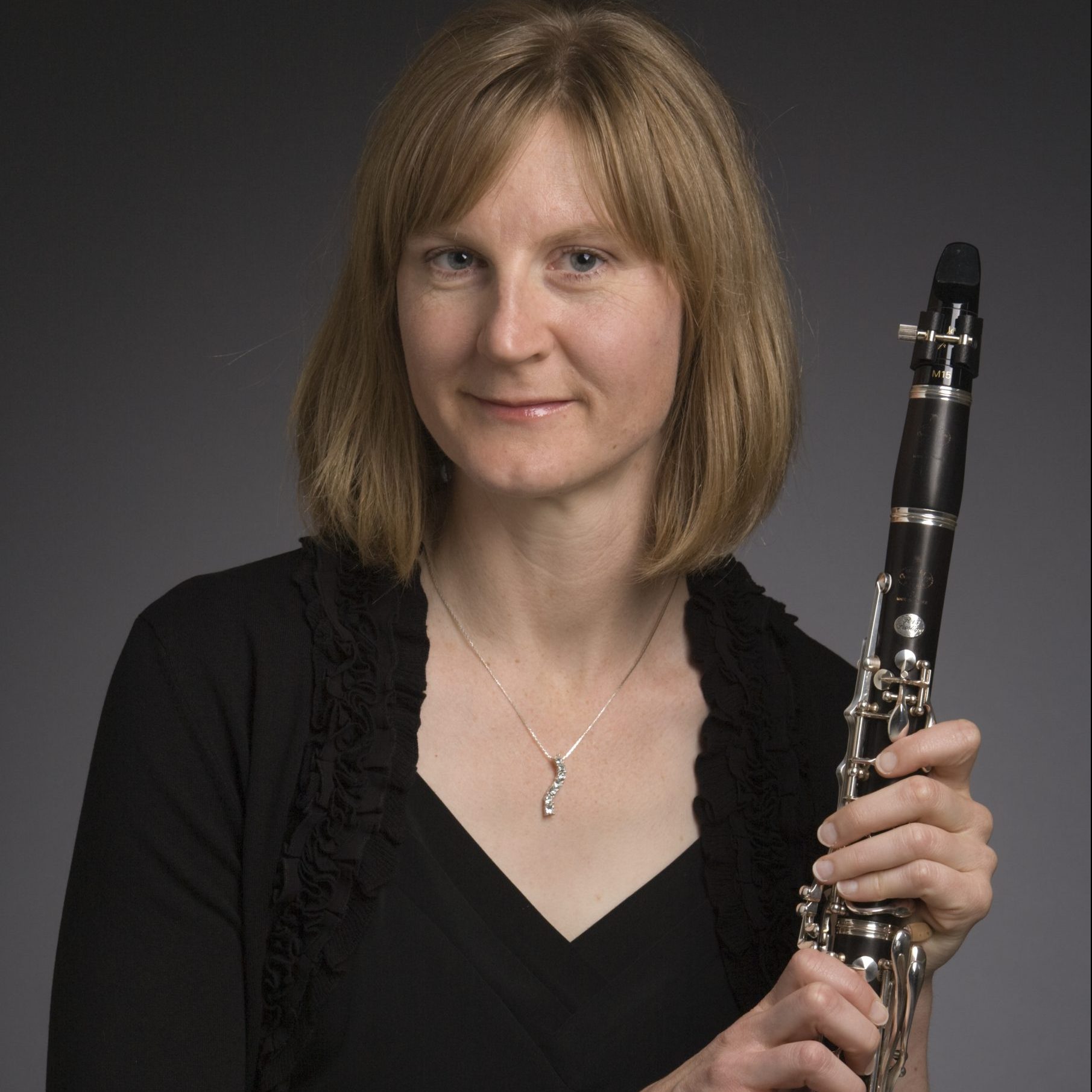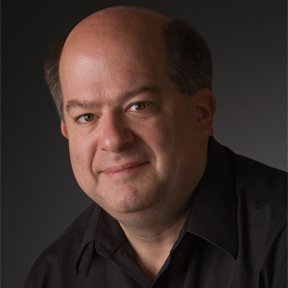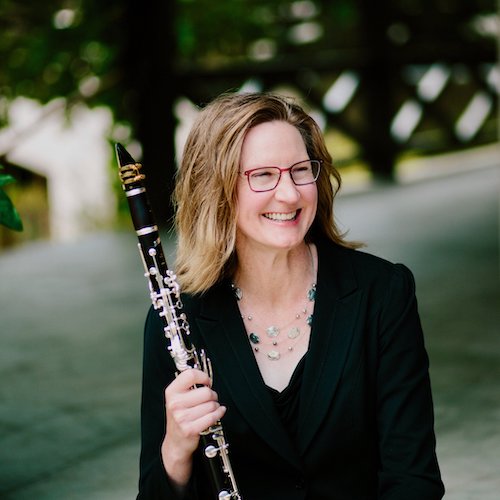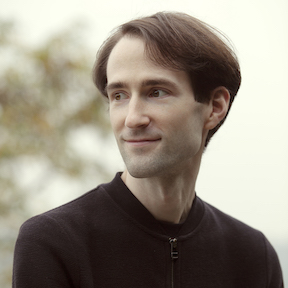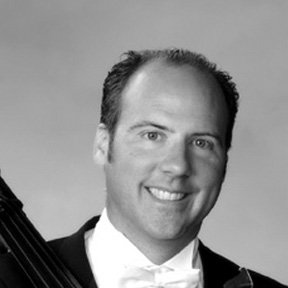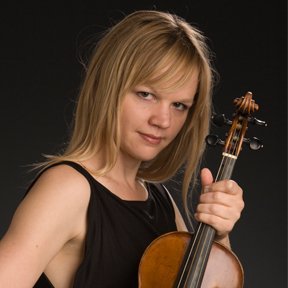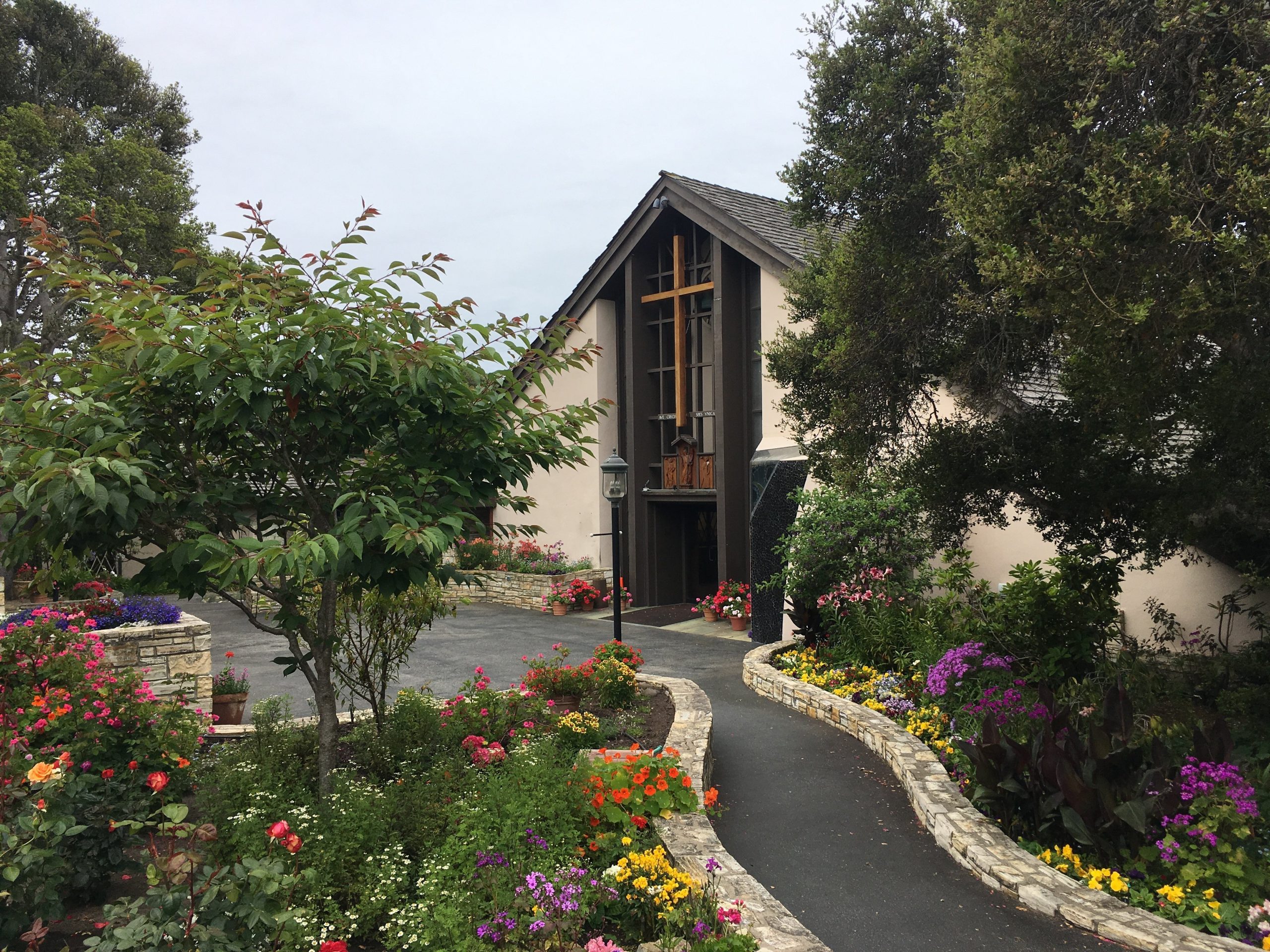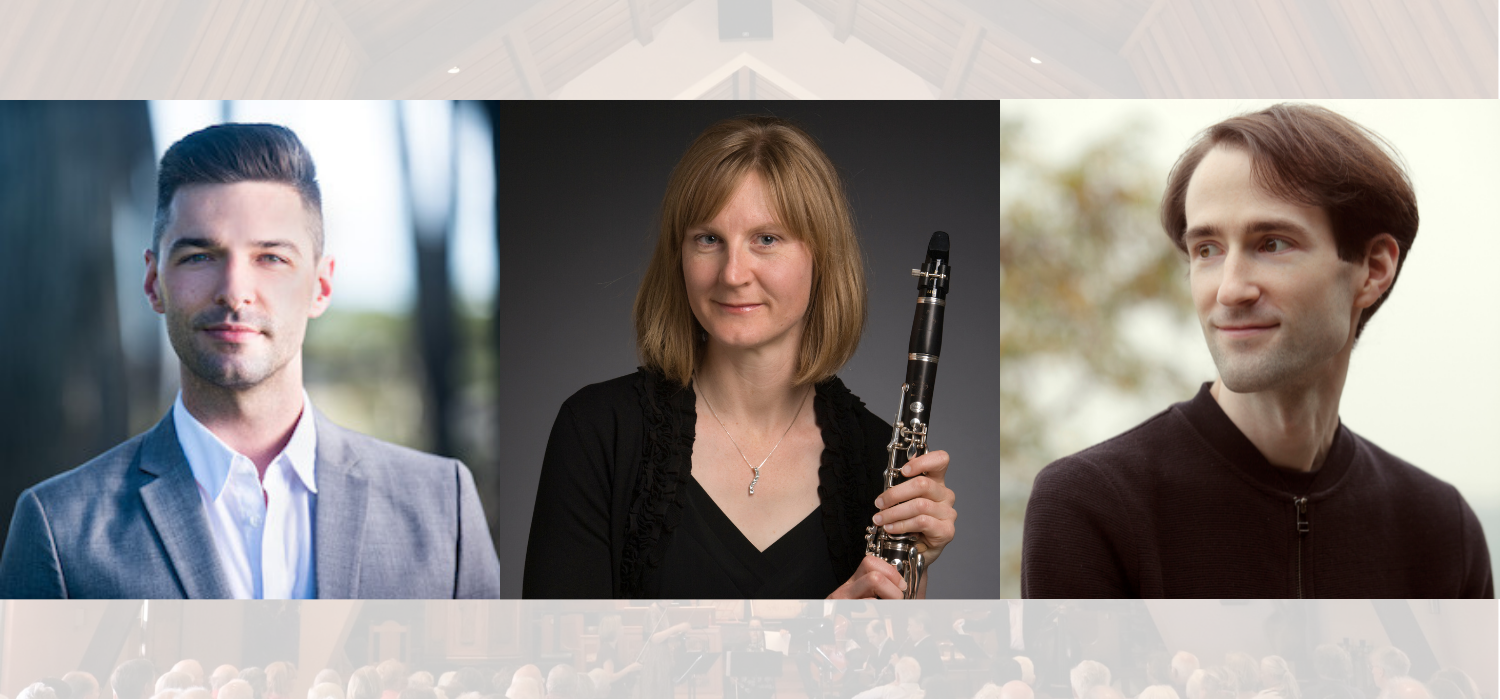
Fresh Traditions
Mondays, July 18 & 25, 3:00 PM
Jesse Barrett, oboe; Ginger Kroft, clarinet; Gabrielle Wunsch, violin; Kyle Miller, viola
Timothy Roberts, cello; Derek Weller, bass; Amy Zanrosso, piano
| REBECCA CLARKE |
Sonata for Viola and Piano |
|
| (1886 –1979) |
I. Impetuoso |
|
| ELLEN TAFFE ZWILICH |
Quartet for Oboe & Strings |
|
| (1939 – ) |
I. Quarter = 60 |
|
| HERMANN GOETZ |
Quintet in C Minor |
|
| (1840 –1876) |
Mvt. 1 |
|
| SERGEI PROKOFIEV |
Quintet in G Minor, Opus 39 |
|
| (1891 –1953) |
Mvt. 1 & 3 |
|
Program Notes
British-American violist and composer Rebecca Clarke is a celebrated 20th century composer, and her Sonata for Viola and Piano (1919) is the work which first garnered her recognition. When she was just 33, the work was premiered among several of her other compositions at the Berkshire Music Festival to great acclaim. Influenced by Debussy and Ralph Vaughan Williams, Clarke incorporates Medieval church modes, chromatic and octatonic scales, and leaping open fifths offering a fresh take on the standard sonata form. The first movement, Impetuoso, features dramatic double stops contrasted by delicate melodies played in the left hand of the piano beneath a twinkling right hand accompaniment. Clarke’s Sonata for Viola and Piano typifies the organized chaos that is experimental tonality of 20th century classical music. When all harmony rules were stripped away, composers like Clarke made new rules and forged a nuanced musical path forward.
Born in 1939, Ellen Taaffe Zwilich is an American composer who has often been labeled “first.” She was the first woman to earn a Doctor of Musical Arts in Composition in the late 1970s and the first female composer to win the Pulitzer Prize for Music for her Symphony No. 1 (1983). Her career skyrocketed from there, winning numerous awards as well as six honorary doctorates; she has gained immense popularity and written a wide range of works. One such masterpiece is her Quartet for Oboe and Strings. The first movement alone exemplifies what she does expertly well. The piece opens with a subdued oboe melody which swiftly escalates to an energetic frenzy. Altissimo oboe melodies soar over string accompaniment before diving into unison or octaves with each member of the quartet. With each pairing, a new timbre is invented, and one wonders why this mesmerizing combination isn’t written for more often. Written in 2004, the piece “is both challenging and flattering. The new quartet is full of ideas that exploit the interplay of instruments in their varied ranges” (Albany Times Union).
East-Prussian born Romantic composer Hermann Goetz lived most of his adult life in Switzerland working as a critic and pianist/ organist. He only composed in earnest for the last three years of his life as his tuberculosis worsened. The Quintet in C Minor was written during a difficult period in the composer’s life and a turbulent era in history. Although the work wasn’t published until after his death, it was composed just three years after the Franco-Prussian War and at the start of the Technological Revolution. His style manages to encapsulate this period of transition, juxtaposing precise Mozartian rhythm and phrasing with Schubertian chromaticism and dynamics. The first movement opens with the Andante Sostenuto firmly in c minor, a key known for its unique somberness. After a brief pause on the dominant, the Allegro con Fuoco descends into a passionate primary theme, characterized by cascading triplets passed between the strings and the piano. The secondary theme’s ascending staccato figures offer a brief ray of sunshine before a third espressivo theme colored with chromatic inflection takes hold. The first movement of Goetz’s Quintet in C Minor is a glowing example of his compositional style; it undulates from passionate to light-hearted — somehow measured and simultaneously free.
Sergei Prokofiev said this piece arose from a commission for a small dance troupe, “which wished to present a program of several short pieces accompanied by five instruments. The simple plot, based on circus life, was titled Trapeze.” In Tema con variazioni, the oboe and clarinet often play solos which seem out of place, intentionally dissonant notes included, giving the movement an air of eerie unrest and suspense. The Allegro sostenuto ma con brio has an irregular pulse that conjures the pre-show chaos one might imagine in a circus tent. The clarinet and oboe’s 32nd note interruptions explode with anxious anticipation, while the strings seemingly cling to a sense of order and status quo. The piece ends with a unison sweep upwards as if to leave the story at a cliff hanger, much like an acrobat in mid-air. This colorful quintet adaptation — which calls for oboe, clarinet, violin, viola, and double bass — has been compared to Stravinsky’s popular work Histoire du Soldat because of its whimsical storytelling elements and eclectic instrumentation.
—Jennifer Candiotti
